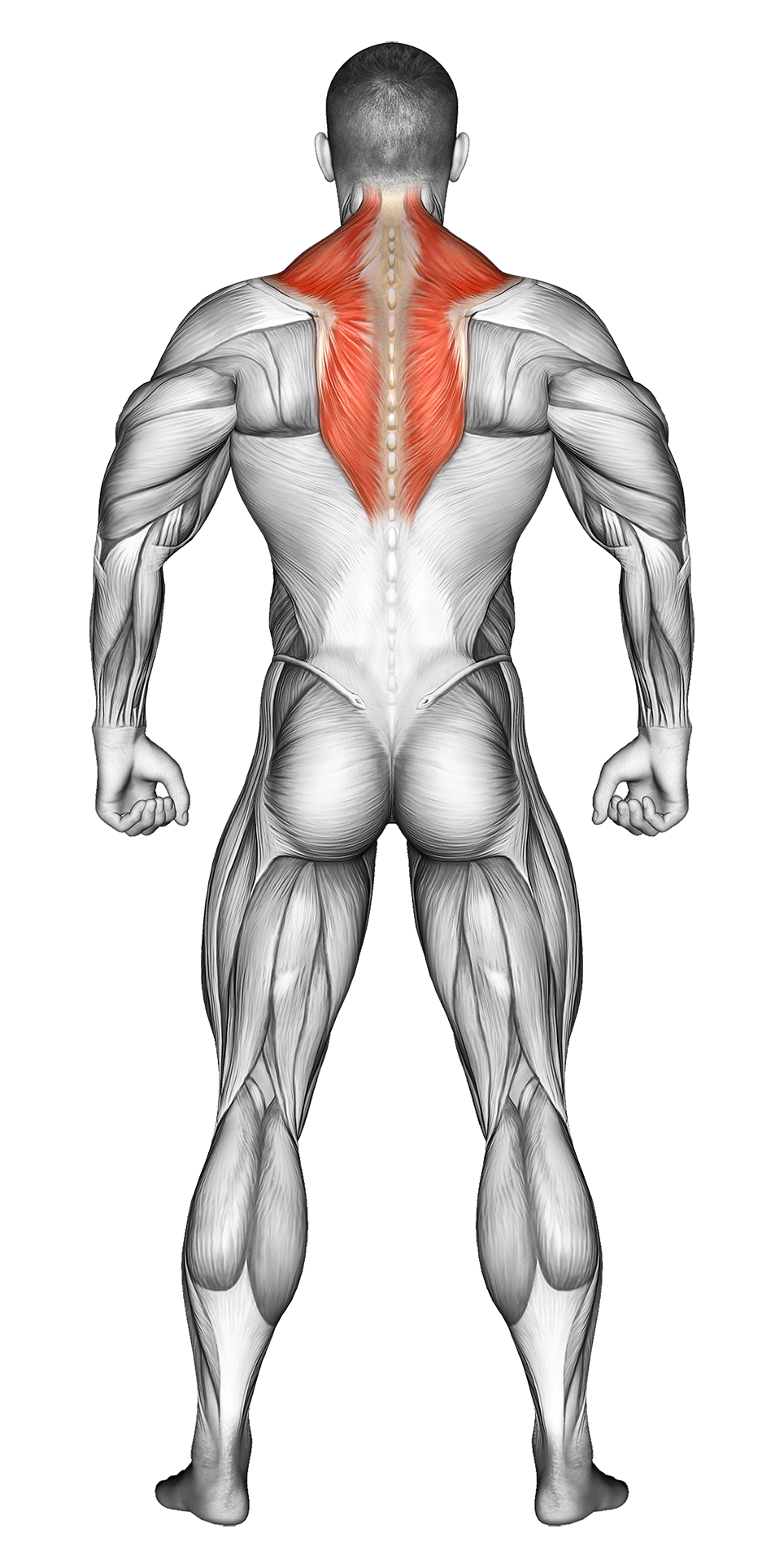Dumbbell Shrug: Video Tutorial & Exercise Guide
| Workout | Dumbbell Shrug |
| Primary Muscle Group | Traps |
| Equipment Required | Dumbbell |
| Force Type | Pull |
| Mechanics | Isolation |
| Exercise Type | Strength |
| Difficulty | Beginner |
Dumbbell Shrug: Video Tutorial & Exercise Guide
How to do the Dumbbell Shrug – Step-by-Step Guide
- Step 1: Stand upright with your feet shoulder-width apart, holding a dumbbell in each hand by your sides with your palms facing inward.
- Step 2: Keep your arms straight and relaxed, your core tight, and your back neutral. This is the starting position.
- Step 3: Slowly shrug your shoulders up toward your ears as high as you can, lifting the dumbbells by engaging your trapezius muscles. Focus on squeezing your traps at the top of the movement.
- Step 4: Pause at the top of the movement for a second or two, maintaining tension in your traps.
- Step 5: Slowly lower your shoulders back down to the starting position, controlling the movement as you return the dumbbells to your sides.
- Step 6: Repeat for the desired number of reps, keeping the movement controlled throughout.
Dumbbell Shrug Overview
The Dumbbell Shrug is a simple yet effective exercise that targets the trapezius muscles, located in your upper back. This exercise helps build strength and definition in the traps, which can enhance your overall posture and upper body aesthetics. It is also helpful in improving shoulder stability and reducing the risk of shoulder injuries.
Suitable for all fitness levels, the Dumbbell Shrug is an excellent addition to upper body and shoulder routines, helping to increase trap engagement and upper back development.
Benefits of Dumbbell Shrugs
Dumbbell Shrugs are highly effective for strengthening the trapezius muscles, which support upper body posture and shoulder movement. This exercise helps improve shoulder stability, making it beneficial for injury prevention and overall strength in the upper back and neck.
Additionally, Dumbbell Shrugs can help relieve tension in the upper back, reduce the risk of shoulder injuries, and improve the appearance of your traps by adding size and definition to the muscles.
Dumbbell Shrug Pro Tips & Advanced Techniques
Avoid using momentum or swinging the dumbbells; focus on controlled movements to fully engage your traps. For better muscle activation, pause at the top of the movement and squeeze your traps for 1-2 seconds before slowly lowering the dumbbells. To increase the intensity, try using heavier dumbbells or performing the shrugs in front of a mirror to ensure your form is correct. You can also vary your grip by turning your palms outward to change the angle of the movement.
Progression Plan for Dumbbell Shrugs
| Level | Sets | Reps | Weight Progression |
|---|---|---|---|
| Beginner | 2-3 | 10-12 | Start with lighter dumbbells, focusing on mastering the movement and engaging your traps without using momentum. |
| Intermediate | 3-4 | 12-15 | Increase the weight while maintaining proper form. Focus on squeezing the traps at the top of the movement. |
| Advanced | 4-5 | 15-20 | Use heavier dumbbells and slow down the movement to increase time under tension, or incorporate a pause at the top for added intensity. |
Frequently Asked Questions (FAQs) of Dumbbell Shrug
What muscles do Dumbbell Shrugs target?
Dumbbell Shrugs primarily target the trapezius muscles in the upper back. They also engage the shoulders and neck muscles for stability.
Are Dumbbell Shrugs suitable for beginners?
Yes, Dumbbell Shrugs are suitable for beginners. Start with light weights to focus on proper form and gradually increase the weight as your strength improves.
How often should I perform Dumbbell Shrugs?
Include Dumbbell Shrugs in your upper body routine 1-2 times per week. They can be performed alongside other shoulder and back exercises for balanced development.
What common mistakes should I avoid?
Avoid using your arms to lift the weights or using momentum to shrug the dumbbells. Focus on slow, controlled movements to fully engage your traps without swinging the weights.
Can I make Dumbbell Shrugs more challenging?
Yes, you can use heavier dumbbells, slow down the movement, or add a pause at the top of the shrug to increase time under tension and engage the traps more effectively.
Share
